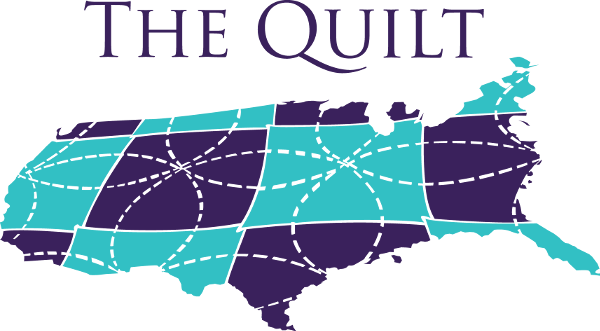The 2020 wildfire season exploded well ahead of schedule this year under conditions of record low humidity, extreme winds, and scorching temperatures—Death Valley reached 130 degrees last month, the highest mercury reading on Earth in almost 90 years. Fires ignited by epic storms, human error, and, reportedly, even by intention are currently ravaging huge swaths of California, Oregon, Washington, and other western states. Communities already facing loss and hardship related to COVID-19 are now scrambling to protect family, businesses, livestock, and property. And, due to the fires, the air quality in Oregon is currently the worst in the world. Our thoughts go out to everyone in harm’s way.
As Link Oregon architects its statewide fiber broadband network, we are considering the access and data transmission needs of our partners in research, education, healthcare, and public service. This translates into an opportunity to bolster the efficacy of two early warning systems—ALERTWildfire and ShakeAlert®—that are working to reduce the devastating impact of wildfires and earthquakes. Both collaborations extend across multiple US states and are particularly important in the West, where these events occur with greater frequency.
Doug Toomey—a professor in the Earth Sciences department at the University of Oregon (UO), director of the Oregon Hazards Lab (O-HAZ), and a pioneer in the use of ocean-bottom seismology to study tectonic and volcanic processes—oversees both the ALERTWildfire and ShakeAlert programs for Oregon. Doug is a colleague and a friend, and the University of Oregon is one of Link Oregon’s five founding members. [Read the full Link Oregon Blog Post by Steve Corbato]
